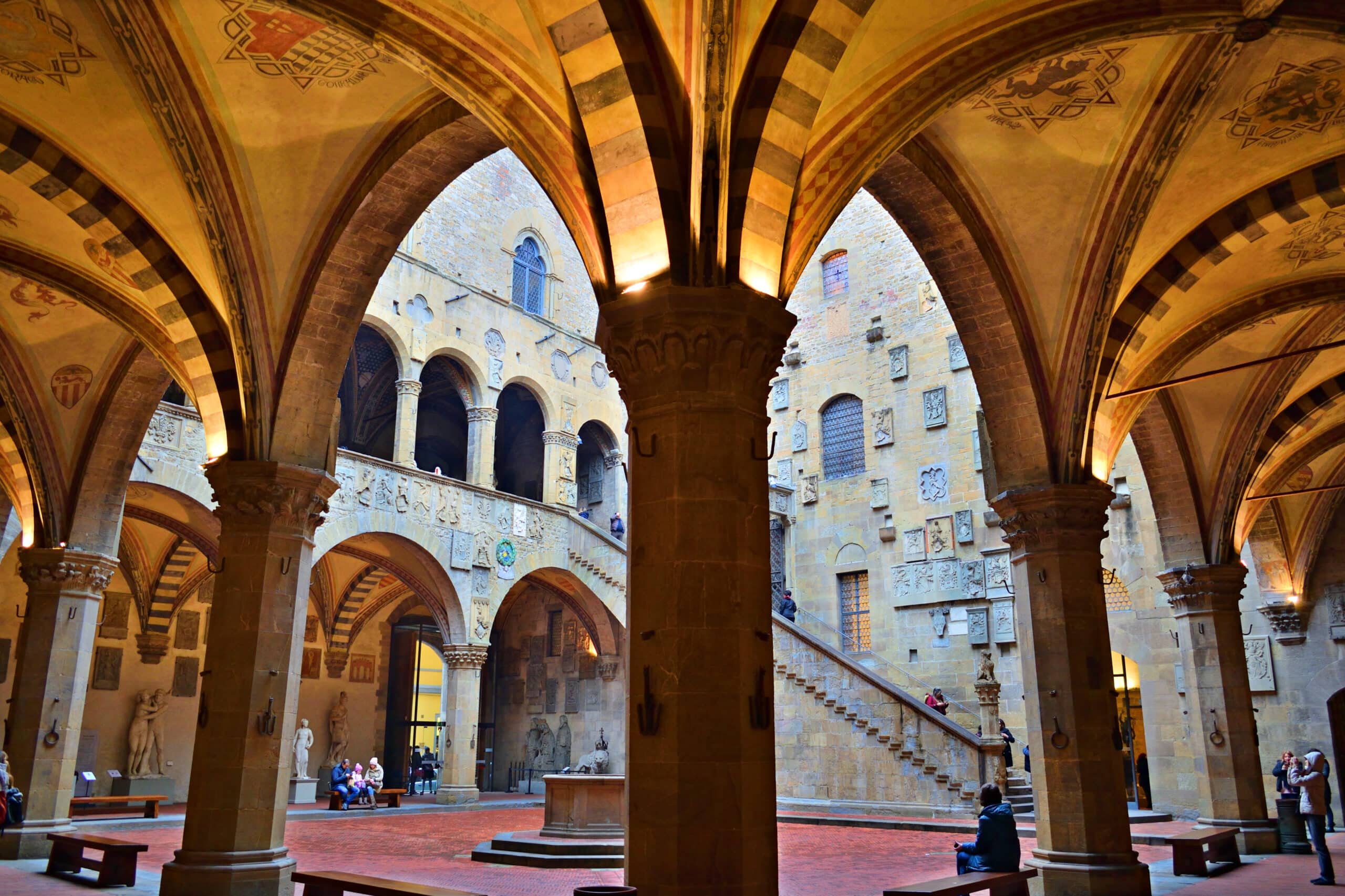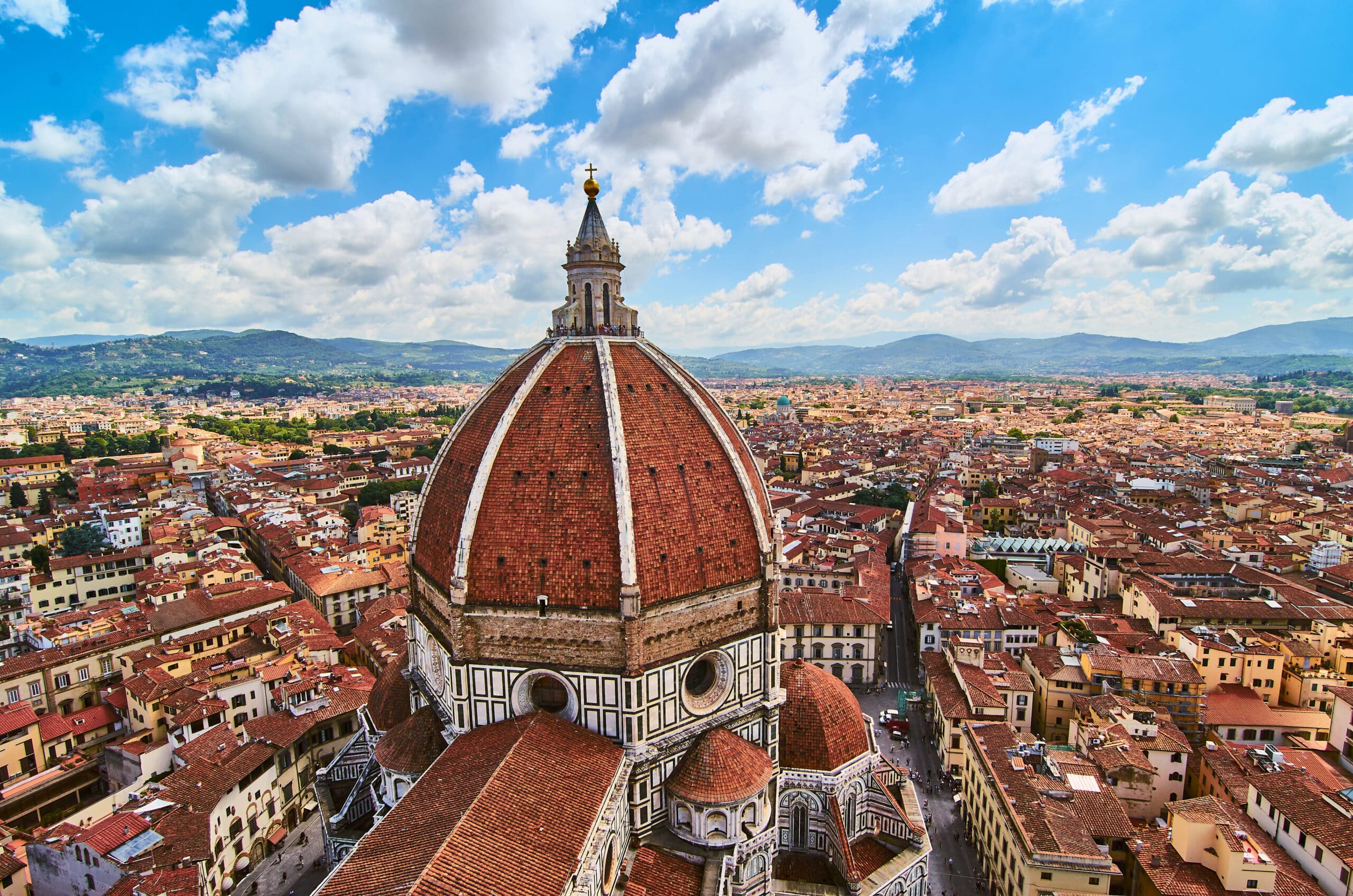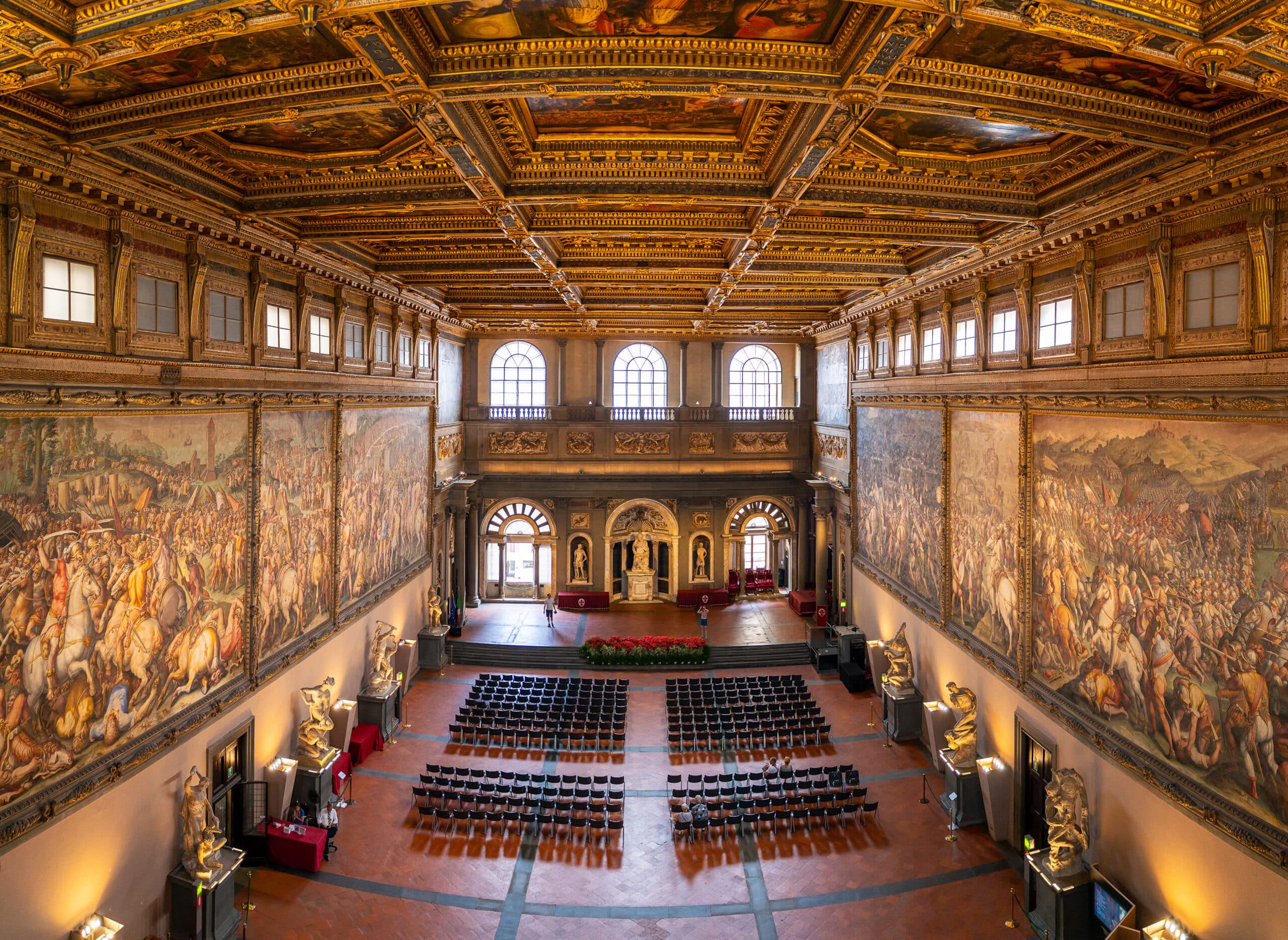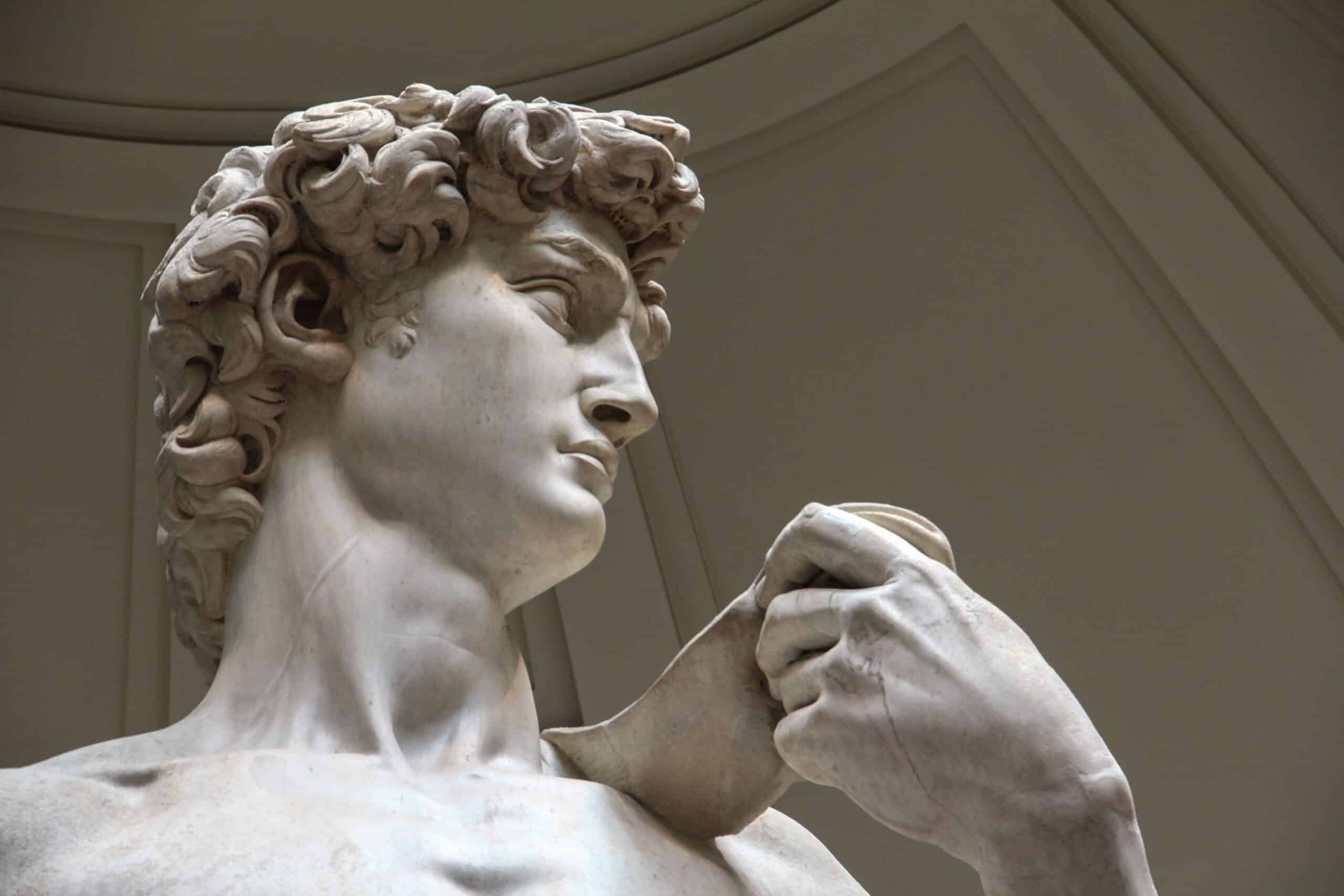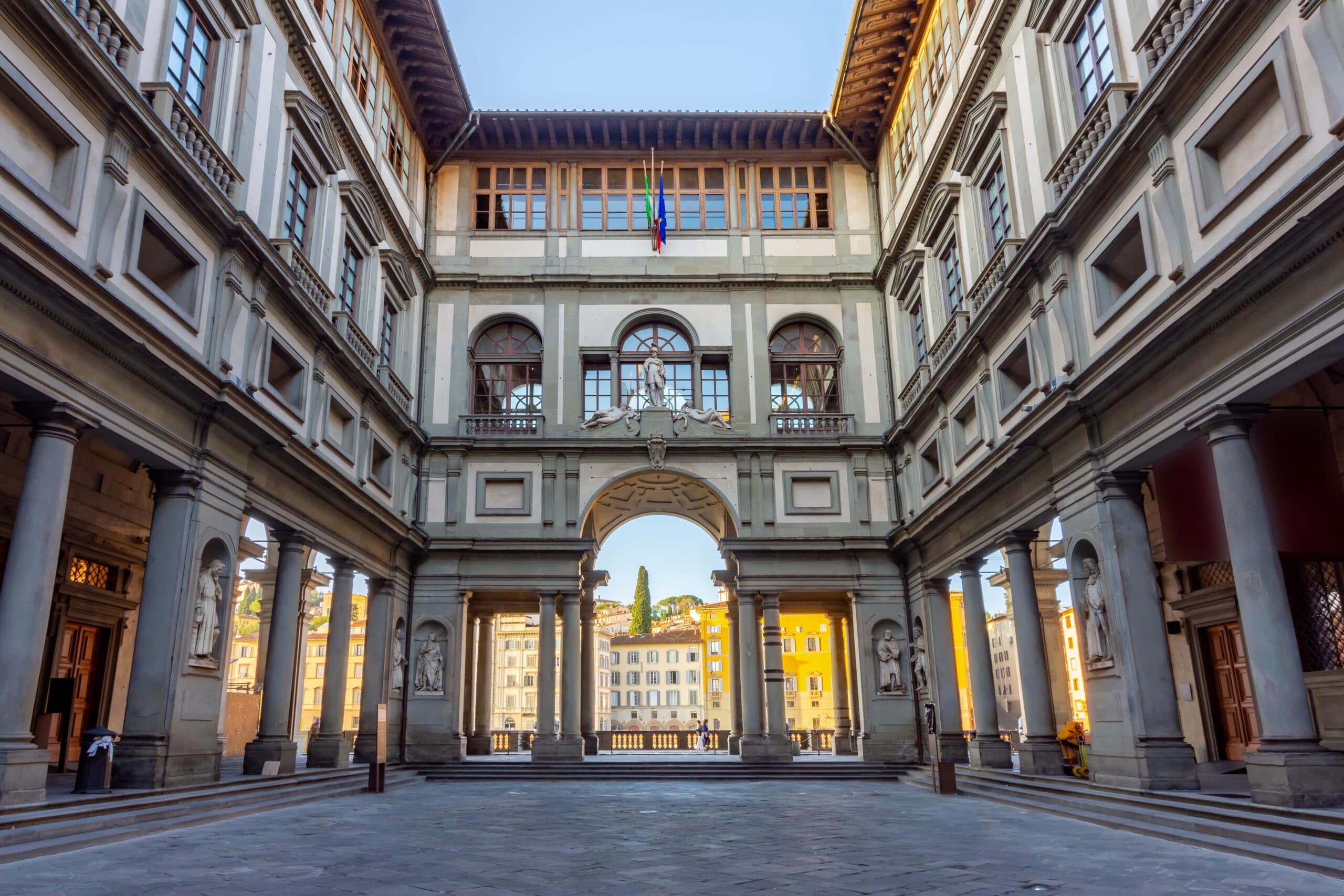Palazzo Pitti and the Boboli Gardens
In the Pitti residence, where the Medici Grand Dukes lived for over two hundred years, we will be transported to another dimension. Your AGT guide will lead you through the monumental rooms as well as the private ones, such as the renowned Palatine Gallery, allowing you to discover the ceremonial court complex and the daily life habits of the Medici family.
Thanks to their expertise, your AGT guide will tell you how the Medici kept warm in winter, where they lived during the summer, what they ate, where they slept, and how they spent their free time in their monumental garden—a true pantry of fruits, vegetables, and game. This journey through the lives of some of the key figures in Florence’s history will reveal their personalities, vulnerabilities, secrets, triumphs, and the melancholic end of the dynasty.
Palazzo Pitti is one of the largest palaces in Florence, and it houses no fewer than six museums! That’s why you’ll need an AGT guide capable of showing you the rare treasures preserved within.
With your AGT guide, you will choose the section to visit based on your preferences.
- The Palatine Gallery (main floor) – In rooms richly decorated with stuccoes and frescoes, an extraordinary collection of paintings completely covers the walls, featuring works by Raphael, Titian, Rubens, Van Dyck, and other great masters. Following the gallery are the Royal Apartments, furnished by the House of Savoy.
- The Gallery of Modern Art (second floor) – Paintings and sculptures from the late 18th century to the 20th century. The collection of the Macchiaioli is particularly noteworthy. Featured artists include F. Hayez, C. Pissarro, S. Lega, G. Fattori, T. Signorini, and G. Boldini.
- The Treasury of the Grand Dukes – Located in the Medici’s summer apartment, frescoed for the wedding of Ferdinando II and Vittoria della Rovere. It displays the Medici Treasure, featuring hardstone vases, cameos, crystals, ambers, ivories, and jewelry, as well as the Salzburg Treasure, with silverware, Oriental porcelain, and jewelry from the 17th to the 20th century.
- The Costume Gallery – The first museum of fashion history in Italy, featuring around 6,000 garments that are exhibited on a rotating basis.
- The Porcelain Museum – Housed in the Palazzina del Cavaliere, located at the top of the Boboli Gardens, it features porcelain from Meissen, Capodimonte, Ginori, Limoges, and Sèvres.
- The Boboli Garden – The most famous Italian-style garden, created by the Medici, covering an area of 4.5 hectares. It features statues, fountains, grottos, and an extensive collection of citrus plants.

